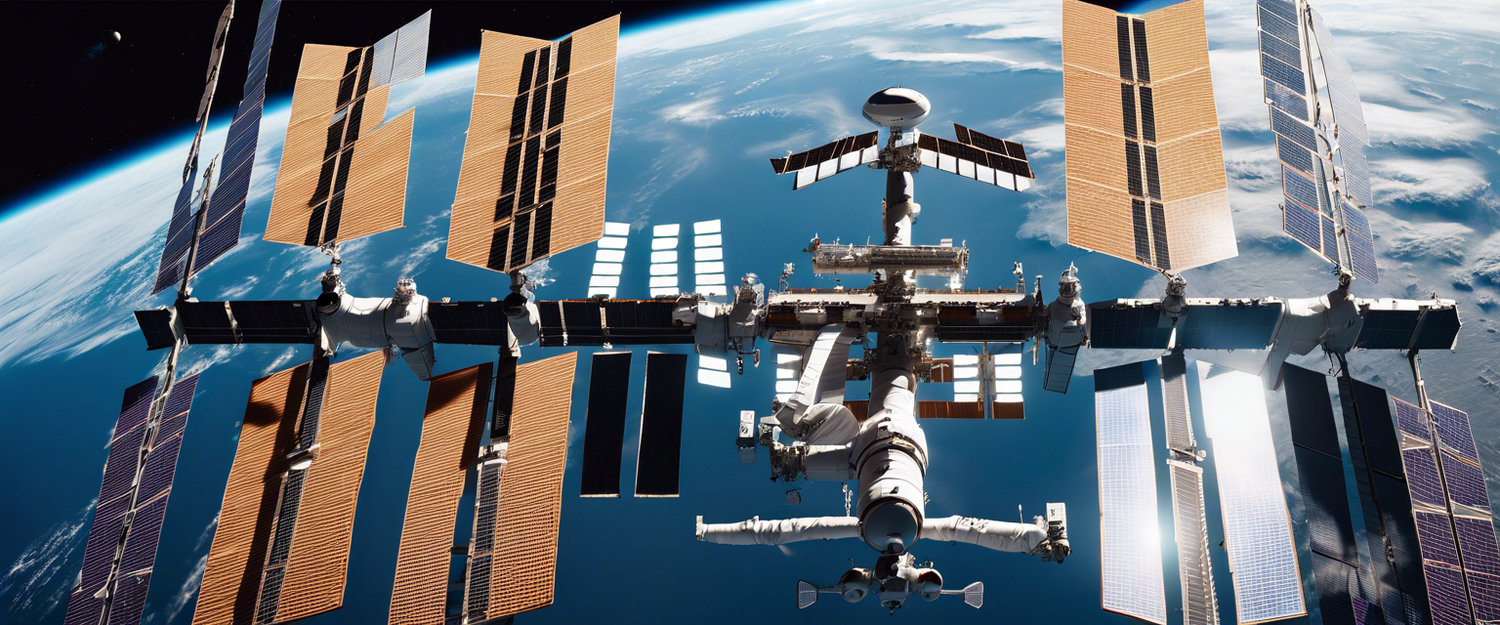The Future of Space Stations After the ISS: A Transition to Commercial Enterprises
Sometime in the year 2030, the International Space Station (ISS) will reach the end of its operational life. Astronauts will pack up their belongings one last time, while NASA meticulously prepares for the deorbiting process of this historic structure. The ISS has symbolized human ingenuity and collaboration in space exploration for over three decades, but it’s time to shift gears towards a new commercial era in low-Earth orbit (LEO).
The ISS Deorbiting: What to Expect
As the ISS enters its final chapter, it will be deorbited through a carefully planned process. Trajectory adjustments will guide the station toward Earth’s atmosphere. Once it descends at high speeds, it will experience intense heat, causing various components to break away and ultimately causing the structure to disintegrate. The end of the ISS will mark a significant milestone, but it paves the way for a new frontier.
Commercial Space Stations: A New Vision
Nasa's ambition to transition from a government-operated ISS to commercial space stations is rooted in the need for modernization and efficiency. The private sector is now being called upon to create a robust low-Earth orbit economy. The goal is to maintain a continuous human presence in space and to develop stations managed by private companies.
Companies Racing for the Future
With deorbiting plans in motion, companies like Blue Origin, Starlab Space, and Axiom Space are racing against time to launch operational space stations. Each entity has received funding from NASA to accelerate the development of its concepts, but they face substantial challenges as deadlines loom.
NASA's Role as a Customer
NASA's evolving mission reflects a shift towards becoming a customer of private enterprises rather than running its own hardware. By collaborating with commercial stations, NASA aims to minimize operational costs and diversify its partnerships. The agency's previous successes, such as the Commercial Crew program, provide optimism for this new model.
Concerns and Challenges Ahead
Despite the excitement for commercial space stations, concerns remain about meeting deadlines and capabilities. Angela Hart, manager of NASA’s Commercial LEO Development Program, acknowledges that there is a real risk associated with scheduling delays. The agency must also grapple with potential gaps in human presence in space during the transition from the ISS to new stations.
Possible Extensions and Temporary Facilities
NASA is considering various strategies, such as extending the operational life of the ISS or launching a station with limited capabilities to bridge any potential gaps. However, the agency recognizes that transitioning to a commercial model may involve losing some existing facilities.
Shifting Priorities and Political Climate
With the recent changes in political leadership, NASA's focus may shift toward Mars and lunar exploration, potentially impacting the urgency of low-Earth orbit missions. Roger Handberg, a space policy expert, emphasizes that while new destinations are enticing, low-Earth orbit will continue to host essential operations.
A Balancing Act for NASA
Despite the prioritization of deep-space exploration, experts stress that the necessity of low-Earth orbit remains. NASA's proposed goal is to maintain at least two crew members on a commercial station per year—a drop from current ISS levels—but still sufficient to meet scientific objectives.
The Economics of Space Exploration
The future of commercial space stations hinges on their economic viability. Much of this success relies on proving that the scientific capabilities of these stations can be financially sustainable. Currently, there is skepticism regarding the profitability of space businesses, as many have yet to identify lucrative products or services deriving from orbital operations.
Investments in Fundamental Science
While some private companies focus on commercial applications like communications, the largest challenge lies in securing funding for more fundamental research. Innovations driven by science extend beyond immediate commercial applications and can yield unexpected breakthroughs that benefit society as a whole.
Conclusion: A Hopeful Yet Cautious Future
As NASA’s transition to commercial space stations unfolds, it highlights a crucial turning point in human space exploration. The balance between commercial viability and scientific advancement poses challenges requiring careful navigation. The collaboration between NASA and private entities has the potential to usher in a new age of low-Earth orbit operations, even as the quest for deeper space exploration continues.
As space technology progresses, the budding commercial space industry could redefine our understanding of life beyond Earth. However, the value of scientific inquiry and the need for government support in fundamental research must remain at the forefront of this new chapter in human exploration.



Laat een reactie achter
Alle reacties worden gemodereerd voordat ze worden gepubliceerd.
Deze site wordt beschermd door hCaptcha en het privacybeleid en de servicevoorwaarden van hCaptcha zijn van toepassing.